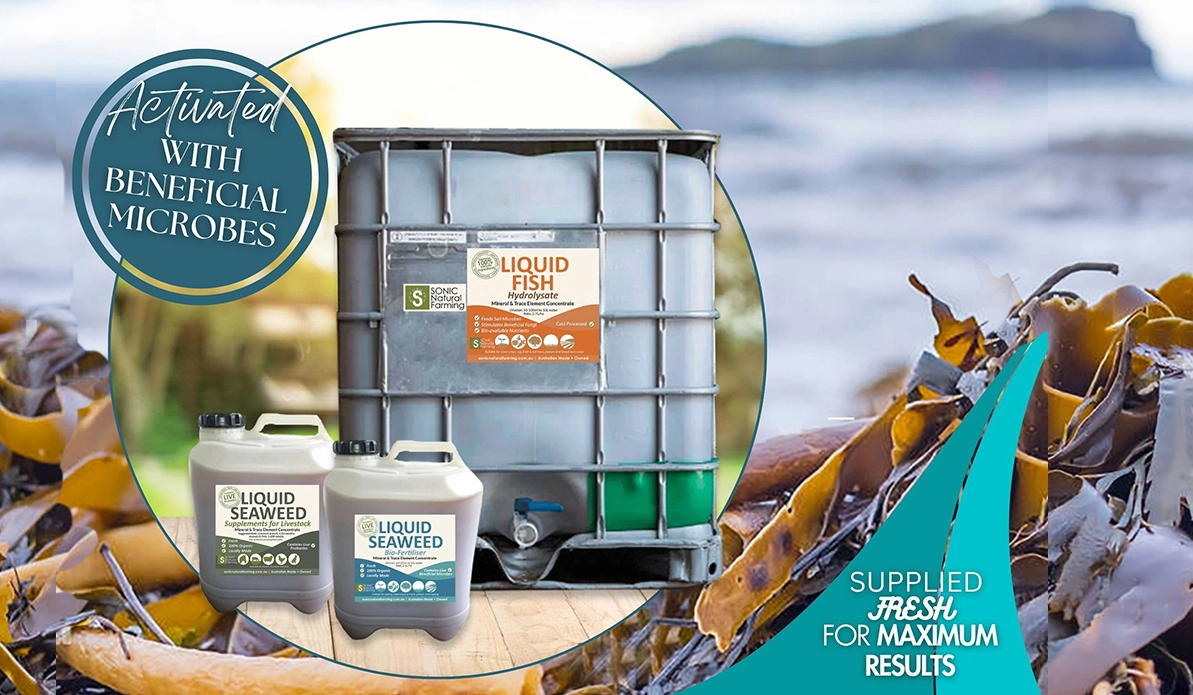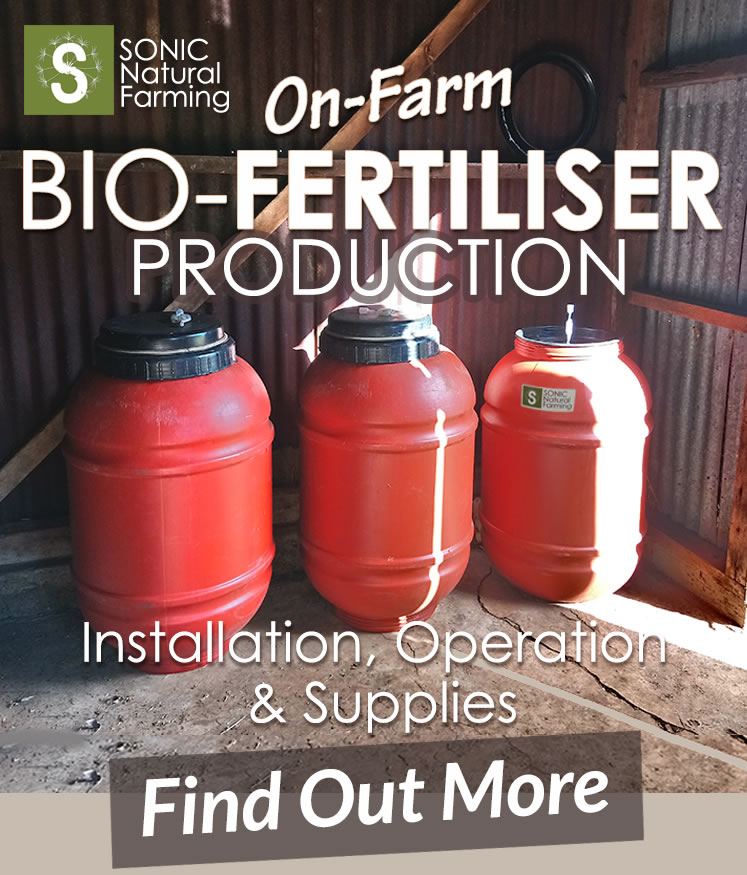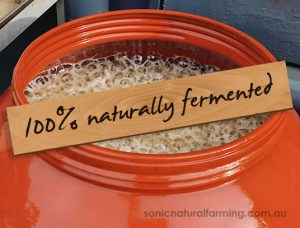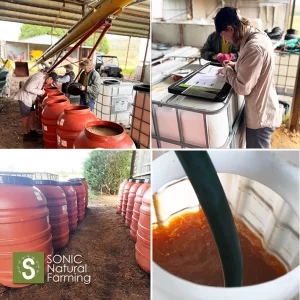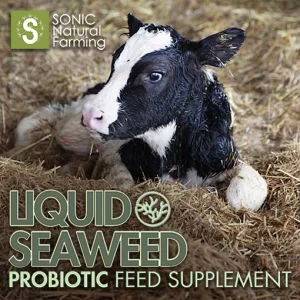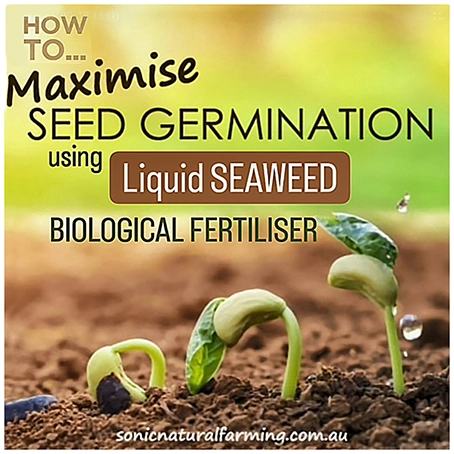Effective agricultural water management is crucial for sustaining productivity and ensuring the long-term viability of farming operations. In Australia, where water scarcity and unpredictable climate conditions pose significant challenges, implementing efficient water management strategies can make a substantial difference.
This article will explore the top 10 strategies for effective water management on your farm, including innovative methods such as drip and sprinkler irrigation, land contours, planting riparian buffers, and using cover crops.
We’ll also discuss the benefits of conservation tillage, rotational grazing, nutrient management, water monitoring systems, maximising water quality, and using organic fertilisers. These strategies not only help in conserving water, and saving money, but can also enhance soil health and crop productivity.

1. Drip and Sprinkler Irrigation
Drip irrigation, in particular, is a game-changer when it comes to water efficiency. By slowly and precisely delivering water directly to the root zone of your plants, you minimise evaporation and runoff, maximising the amount of water that’s actually absorbed and utilised. This not only saves you money on your water bills but also helps conserve this precious natural resource.
Sprinkler irrigation is a highly effective solution for conserving water in agricultural and landscaping applications.
By precisely controlling water delivery, drip lines and sprinkler systems can significantly reduce water waste compared to traditional irrigation methods
Integrating water monitoring systems with sprinkler irrigation allows for even greater water conservation. These smart technologies track soil moisture levels and weather data to optimise watering schedules, ensuring plants receive the exact amount of water needed. This prevents over-watering and minimises runoff, resulting in substantial water savings.
Adopting sprinkler irrigation with advanced monitoring is a smart investment for those looking to maximise water conservation efforts. The technology pays dividends by lowering utility bills, supporting sustainable practices, and ensuring efficient use of this precious natural resource.

2. Land Contours
Beyond irrigation systems, land contours can also play a vital role in agricultural water management, use and storage. By strategically shaping the landscape, you can direct water flow, improve drainage, and even create natural reservoirs to capture and retain rainfall. This holistic approach ensures your land is working in harmony with the natural water cycle.
By strategically shaping the landscape, land contours can significantly improve water retention, reduce erosion, and enhance the overall efficiency of irrigation and drainage systems
One of the primary benefits of land contours is their ability to slow down the flow of water across the land. This helps to prevent soil erosion, as the water is less likely to rush downslope and carry away valuable topsoil. By slowing the water’s movement, land contours also allow more time for the soil to absorb and store the water, reducing the risk of flooding and replenishing groundwater reserves.
Moreover, land contours can be designed to channel water towards specific areas, such as crop fields or water storage ponds. This targeted water management can greatly improve the availability of water for irrigation, ensuring that crops receive the necessary moisture during dry periods. This, in turn, can lead to higher agricultural yields and more sustainable farming practices.
In regions with limited water resources, the implementation of land contours can be a game-changer. By optimising water usage and reducing waste, land contours can contribute to the long-term viability of agricultural systems and the overall resilience of local communities.

3. Planting Riparian Buffers
As environmental concerns continue to rise, the importance of implementing sustainable practices has never been more crucial. One highly effective solution that deserves greater attention is the establishment of riparian buffers.
Establishing vegetation such as trees, shrubs, and grasses along waterways can significantly reduce nutrient runoff, sedimentation, and erosion. These vegetated areas adjacent to waterways play a vital role in preserving water resources and improving water quality.
Riparian buffers act as natural filters, trapping sediment, nutrients, and pollutants before they can enter nearby streams, rivers, and lakes. By slowing the flow of water and promoting infiltration, these buffers help recharge groundwater supplies and regulate water levels, mitigating the risks of flooding and drought.
The deep-rooted vegetation of riparian buffers stabilises streambanks, preventing erosion and preserving the integrity of aquatic ecosystems
Investing in the creation and maintenance of riparian buffers is a cost-effective and ecologically sound approach to agricultural water conservation. These buffers not only safeguard water resources but also enhance biodiversity, provide wildlife habitats, and contribute to the overall aesthetic appeal of the landscape. As we strive to build a more sustainable future, the benefits of planting riparian buffers cannot be overstated.

4. Cover Crops and Pasture Cropping
Cover cropping is a powerful tool for improving water conservation and purity on your land. By planting a diverse mix of species, you can create a living mulch that protects the soil, increases infiltration, and reduces runoff.
Cover crops not only helps conserve precious water resources, but also improves the quality of the water that does make it into nearby streams and aquifers
By maintaining a living root system in the ground, cover crops prevent soil erosion and keep nutrients and contaminants from leaching into groundwater supplies. Their dense foliage also slows the flow of water, allowing it to gradually percolate into the soil rather than rushing off the surface and carrying pollutants with it.
Farmers who incorporate cover cropping into their operations are making a wise investment in the long-term health of their land and the surrounding environment. The benefits to water conservation and quality are undeniable, and with growing concerns over freshwater scarcity, this sustainable practice is more important than ever before.
See also ‘Top 2 Cost-Effective Pasture and Cover Cropping Tips’
‘How to Increase Soil Fertility with Mixed-Species Planting’

5. Implementing Conservation Tillage
Conservation tillage is a farming practice that can provide significant benefits for water conservation and purity. By minimising soil disturbance and leaving crop residues on the surface, conservation tillage helps reduce soil erosion and runoff, which in turn preserves water resources.
One of the primary advantages of conservation tillage is its ability to improve water infiltration into the soil. This means more water is absorbed and stored in the ground, reducing the amount of runoff that can carry sediment, nutrients, and other pollutants into nearby waterways.
Conservation tillage helps maintain the purity of surface and groundwater supplies, ensuring a cleaner, more sustainable water source for your farm
Furthermore, the increased soil organic matter and improved soil structure associated with conservation tillage can enhance the soil’s water-holding capacity. This helps plants access water more efficiently, reducing the need for irrigation and further conserving of water resources.
By implementing conservation tillage practices, farmers and land managers can play a crucial role in safeguarding water quality and quantity for the benefit of the farm, the environment and local communities.

6. Rotational Grazing
Rotational grazing is a powerful tool for preserving water quality and ground moisture on your land. By strategically moving livestock between different paddocks, you can minimise soil compaction and prevent overgrazing – two major contributors to water pollution and soil degradation.
When livestock graze the same area repeatedly, they compact the soil and trample the vegetation, leaving the land vulnerable to erosion and runoff. This can lead to sedimentation in nearby waterways, reducing water purity and aquatic habitat quality.
Rotational grazing gives the land time to recover between grazing periods, allowing the soil to retain its structure and the vegetation to regrow
Moreover, by preventing overgrazing, rotational systems help maintain healthy ground cover that absorbs rainfall and prevents excessive evaporation. This, in turn, preserves soil moisture levels and ensures a steady supply of clean, filtered water. Investing in a rotational grazing system is a smart, sustainable choice that benefits both your land and the broader watershed.

Above video – shows how you can do a simple test on-farm to see the water retention capabilities in your soil.

Above image; Water Monitoring System from Gallagher

Reverse Osmosis water treatment unit from Vertex Hydropore, (Above image).
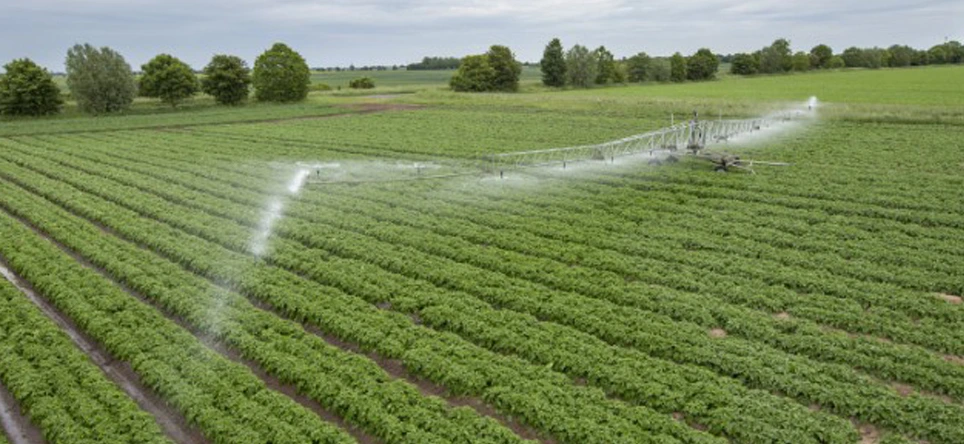
Join us as we delve into the inspiring journey of pecan and sheep farmers, Wayne and Sue Green, who have harnessed the full potential of SONIC Liquid Fish and Seaweed Biofertilisers.
In this video these innovative farmers share their firsthand experiences and insights on how these organic fertilisers have transformed their agricultural practices through various applications, including foliar spraying, boom spraying, irrigation, and feeding SONIC Liquid Seaweed Supplement to their sheep.
This comprehensive approach, and the outcomes so far, has underscored the versatility and effectiveness of using time-tested organic fertilisers in modern agriculture.
Want to see how we can help you beat the high cost of fertiliser?




